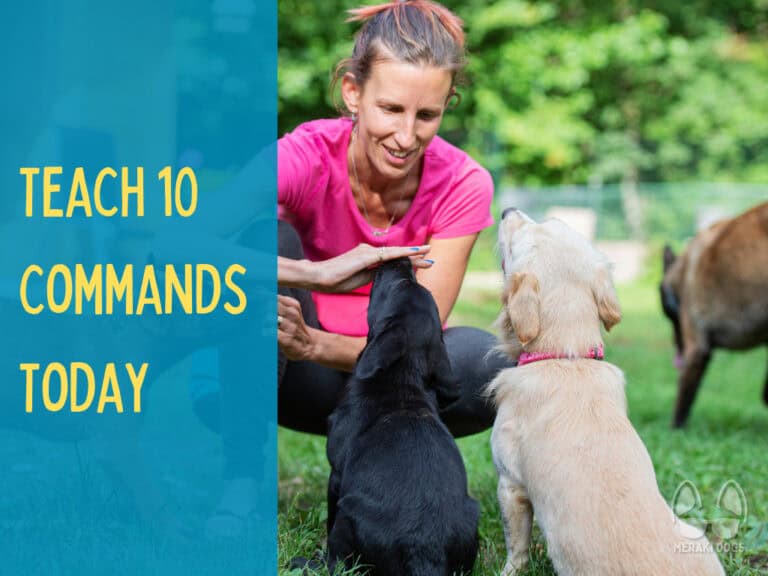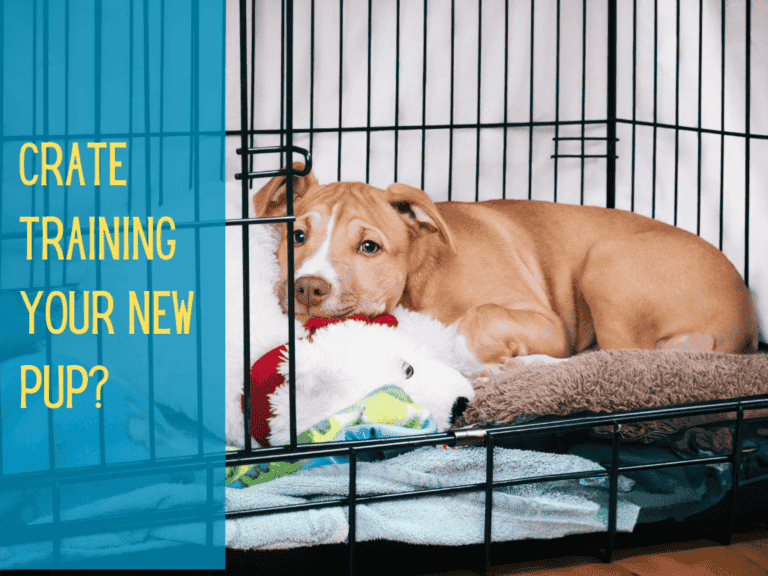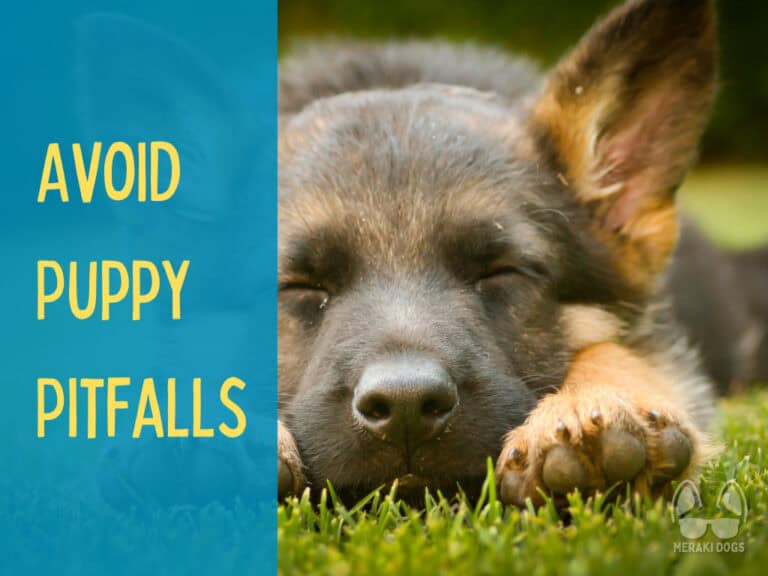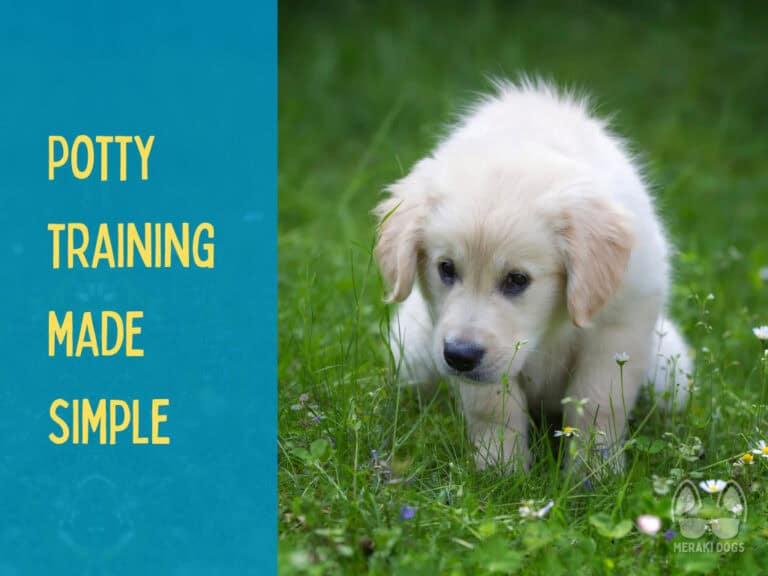10 Common Puppy House Training Mistakes to Avoid

Meraki Dogs may earn a small commission when you buy through links on this site at no cost to you. See our disclaimer here.
House training a puppy is a rite of passage for every dog owner. While it’s not always smooth sailing, avoiding puppy house training mistakes can make the process far less frustrating. Unfortunately, even well-meaning owners often slip up, leading to setbacks and confusion for their furry trainee. This guide breaks down the most common pitfalls and offers practical tips to ensure your puppy develops reliable potty habits. Let’s dive in!
Key Reasons to Avoid House Training Mistakes
Understanding what not to do is just as important as learning what to do. Here’s why avoiding these errors matters:
- Positive Habits Last a Lifetime: Early mistakes can lead to long-term bad habits that are harder to fix later.
- Stress Reduction: Training mishaps can frustrate both you and your pup, slowing progress.
- Stronger Bond: Clear communication and consistent training build trust and a deeper connection with your puppy.
10 Common Puppy House Training Mistakes to Avoid
Potty training your puppy is all about consistency, patience, and understanding. Avoiding these common mistakes will help smooth the journey:
1. Inconsistent Potty Schedule
Puppies thrive on routine, and a consistent potty schedule is one of the most important elements of house training. Without a predictable routine, your puppy won’t know when their next opportunity to relieve themselves will come. This confusion can lead to more accidents indoors.
Why It’s a Mistake
A lack of consistency makes it difficult for your puppy to establish bladder control. Imagine being told you can only use the bathroom at random times each day—it would be stressful, right? Puppies feel the same way. Regular potty breaks help them learn when it’s time to go and reduce the risk of accidents.
How to Fix It
- Take your puppy out after key events, like waking up, eating, or playing.
- Stick to a regular routine, including a potty training timeline that matches your puppy’s age. Young puppies might need breaks every 1-2 hours, while older puppies can hold it for longer.

2. Punishing Accidents Indoors
Punishing your puppy for accidents is a common mistake—and one of the most counterproductive. Yelling, scolding, or rubbing their nose in the mess doesn’t teach them what you want. Instead, it creates fear and anxiety.
Why It’s a Mistake
When you punish a puppy for having an accident, they might associate your anger with going potty at all, not just going indoors. This can lead to sneaky behavior, like hiding to potty out of sight, and it slows the training process.
How to Fix It
- Focus on prevention by supervising your puppy closely and watching for potty signs like sniffing or circling.
- When accidents happen (and they will), clean them thoroughly with an enzymatic cleaner to remove the scent. This discourages your puppy from using the same spot again.
- Reward your puppy generously when they go in the right place to reinforce the behavior you want.
3. Not Supervising Your Puppy
Supervision is critical during house training. Puppies don’t know where they’re allowed to go until you teach them. Without proper supervision, they’re likely to explore the house and have accidents where you can’t see them.
Why It’s a Mistake
If you’re not watching your puppy, you’re missing the opportunity to correct mistakes and guide them to the appropriate potty spot. Unsupervised accidents also make it harder to identify patterns, like how often they need to go.
How to Fix It
- Keep your puppy in sight at all times during training. Use baby gates to block off rooms or tether them to you with a leash if needed.
- For times when supervision isn’t possible, confine your puppy to a playpen or crate to prevent accidents. This strategy also works well for house training multiple puppies, as it keeps each one in a controlled space.
4. Waiting Too Long Between Potty Breaks
Young puppies have tiny bladders, which means they can’t hold it for long. Expecting your puppy to wait too long between potty breaks is setting them up for failure.
Why It’s a Mistake
Puppies don’t yet have the physical ability to “hold it” for extended periods. If they’re left too long, they’ll have no choice but to go wherever they are. Repeated accidents can confuse them and make house training more difficult.
How to Fix It
- Follow the general rule of thumb: a puppy can hold their bladder for roughly one hour per month of age (e.g., a 3-month-old puppy can hold it for about 3 hours). Adjust your potty schedule based on your puppy’s age and progress.
- Take your puppy out more often than you think is necessary to avoid accidents.

5. Using the Wrong Cleaning Products
Cleaning up accidents is part of the process, but not all cleaning products are created equal. Using the wrong one can leave lingering odors that signal to your puppy that it’s okay to go in the same spot again.
Why It’s a Mistake
Standard household cleaners might mask odors to human noses, but dogs’ incredible sense of smell will still detect traces of urine or feces. This lingering scent encourages them to potty in the same spot repeatedly.
How to Fix It
- Use an enzymatic cleaner specifically designed to break down the proteins in urine and eliminate the smell completely.
- Avoid ammonia-based cleaners, as the scent can mimic urine to a dog’s nose.

6. Not Using a Crate for Training
Many new puppy owners skip using a crate because they feel it’s “mean” or they worry their puppy won’t like it. However, not incorporating a crate into your house training routine is a major mistake. Crates, when used correctly, are one of the most effective tools for house training. Here’s why:
- Creates a Safe Space: Puppies instinctively avoid soiling the area where they sleep. A properly sized crate helps them learn to hold their bladder until they’re let out.
- Prevents Accidents: Puppies left to roam freely are far more likely to have accidents. A crate provides a controlled environment where they can’t sneak off to potty in a hidden corner.
- Supports Routine: A crate training schedule makes it easier to regulate potty breaks, ensuring your puppy has opportunities to relieve themselves at predictable times.
- Encourages Rest: Puppies thrive on structure, and a crate gives them a quiet place to relax and recharge. This is particularly useful for house training multiple puppies, as it prevents them from getting into trouble while unsupervised.
- Helps with Transition: If your puppy ever needs to be crated for travel, vet visits, or boarding, early crate training will make those experiences less stressful for them.
Crates aren’t a magic fix, but they’re an invaluable tool when used thoughtfully. Incorporating a crate into your training plan will help set your puppy up for house training success while giving you peace of mind.
7. Allowing Too Much Freedom Too Soon
It’s tempting to let your puppy roam the house freely once they seem to be getting the hang of house training. But giving them too much freedom before they’re ready often leads to setbacks.
Why It’s a Mistake
Without full bladder control and a solid understanding of potty rules, puppies will have accidents in new or unsupervised areas. Each accident slows their learning and makes house training take longer.
How to Fix It
- Gradually increase your puppy’s access to the house as their potty habits improve. Start with one or two rooms and expand their range over time.
- Use baby gates or exercise pens to limit access until they’ve proven reliable.
8. Ignoring Pre-Potty Signals
Puppies give plenty of cues when they need to go—if you know what to look for. Missing these potty signs, like sniffing, circling, or whining, often results in preventable accidents.
Why It’s a Mistake
By ignoring or not recognizing these signals, you’re missing an opportunity to teach your puppy where to go. Over time, they may stop giving cues altogether if they don’t see a response.
How to Fix It
- Learn your puppy’s unique potty signals. Each dog is different, but common signs include pacing, sniffing the floor, or suddenly stopping an activity.
- Respond quickly to these signals by guiding your puppy to their potty area.

9. Expecting Immediate Results
House training isn’t a one-and-done process. Expecting your puppy to master it quickly can lead to frustration and even giving up too soon.
Why It’s a Mistake
Unrealistic expectations create unnecessary stress. If you’re impatient, your puppy may pick up on your frustration, which can hinder their progress.
How to Fix It
- Understand that house training is a gradual process. Most puppies need several weeks or even months to fully learn.
- Celebrate small wins along the way, like fewer accidents or successful potty trips outdoors.
10. Not Adjusting Based on Progress
House training isn’t a one-size-fits-all process. Failing to adapt as your puppy learns can cause stagnation or confusion.
Why It’s a Mistake
Every puppy is different. Some pick up house training quickly, while others need extra time and patience. Sticking rigidly to a routine without considering your puppy’s progress can lead to unnecessary setbacks.
How to Fix It
- Regularly evaluate how your puppy is doing. Are they having fewer accidents? Holding their bladder longer? Adjust your approach as needed.
- For example, as your puppy grows, gradually increase the time between potty breaks to help them build bladder control.
By understanding and avoiding these common mistakes, you’ll be well on your way to raising a reliably house-trained puppy!
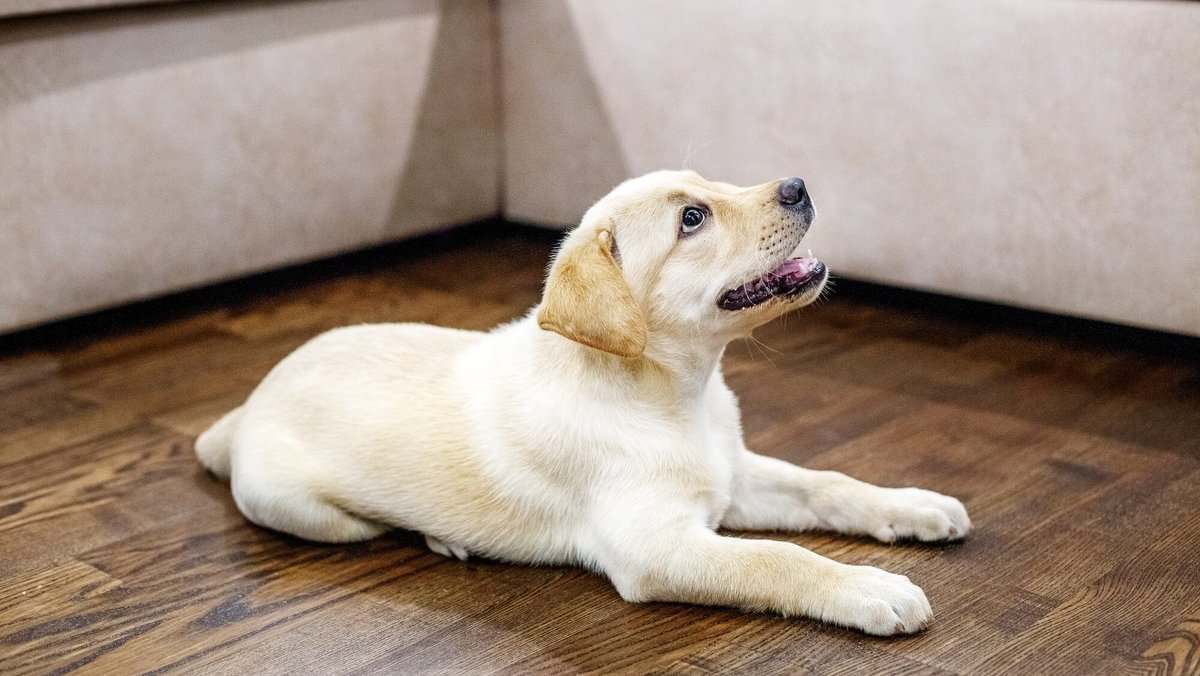
How to Avoid These Mistakes
House training doesn’t have to be overwhelming. Follow these strategies to keep things on track:
- Stick to a Routine: A consistent feeding and crate training schedule helps regulate your puppy’s potty needs.
- Be Proactive: Supervise closely and use tools like potty training bells or a crate to aid communication.
- Clean Up Properly: Always use an enzymatic cleaner to eliminate lingering odors that could attract your puppy back to the same spot.
- Adjust as Needed: Be flexible and adapt your approach to fit your puppy’s progress and unique needs.
Tips for Successful Puppy House Training
- Patience is Key: House training takes time, so don’t rush the process.
- Designate a Potty Spot: Whether outside or on an indoor grass pad, consistency helps your puppy associate the area with going potty.
- Account for Challenges: Training in cold weather? Plan for potty training in winter with an alternative indoor setup if necessary.
- Apartment Training: If you live in a smaller space, apartment potty training with tools like puppy pee pads can simplify the process.
FAQs
What should I do if my puppy keeps having accidents inside?
First, ensure you’re sticking to a regular potty training timeline and supervising your puppy closely. If accidents persist, consider whether you’re missing potty signs or waiting too long between breaks. Clean up thoroughly with an enzymatic cleaner to remove any lingering smells.
How do I balance house training with a full-time job?
House training a puppy while working full-time can be tricky but manageable. Use a crate training schedule, hire a dog walker, or set up a safe area with puppy pads for longer stretches.
Is outdoor training better than using puppy pads?
The choice between a puppy pad and outside training depends on your lifestyle and living situation. Outdoor training is ideal for long-term results, but puppy pads can be a lifesaver for apartment potty training or puppies home alone for longer periods.
Conclusion
Avoiding these common puppy house training mistakes can make all the difference in your training journey. By sticking to a consistent routine, supervising your puppy, and using positive methods, you’ll set the foundation for success. Remember, house training is a marathon, not a sprint—stay patient and celebrate small victories along the way.
Start implementing these tips today, and you’ll soon enjoy the rewards of a well-trained companion! Don’t forget to join our newsletter for more puppy training advice and tools.

